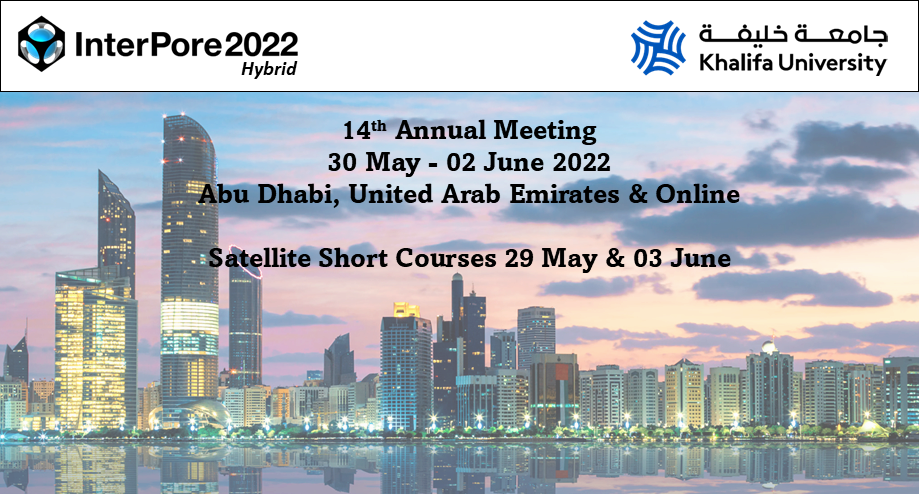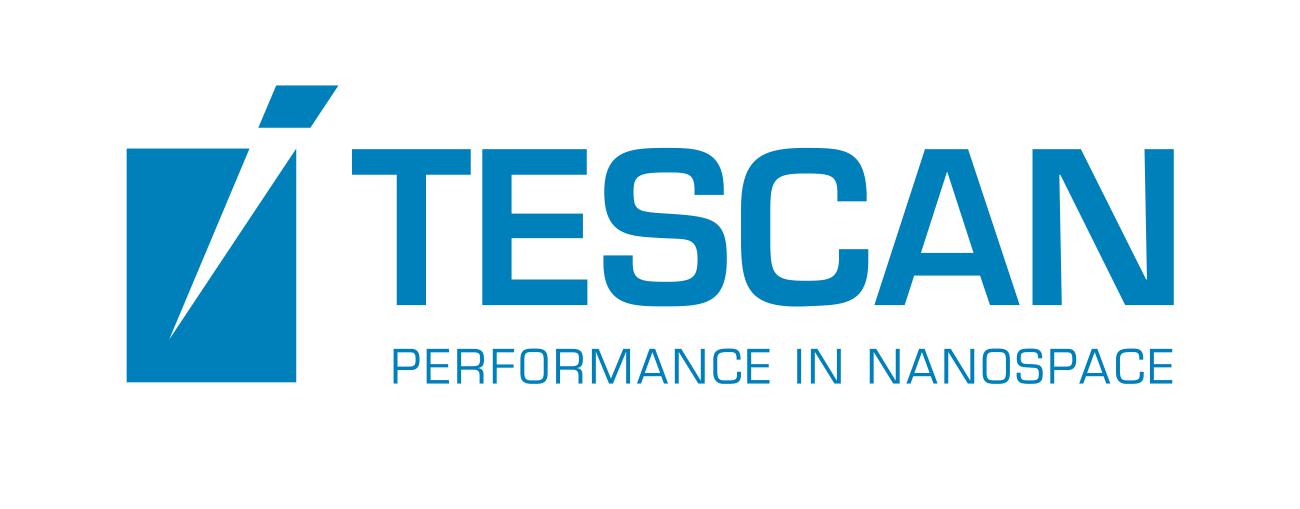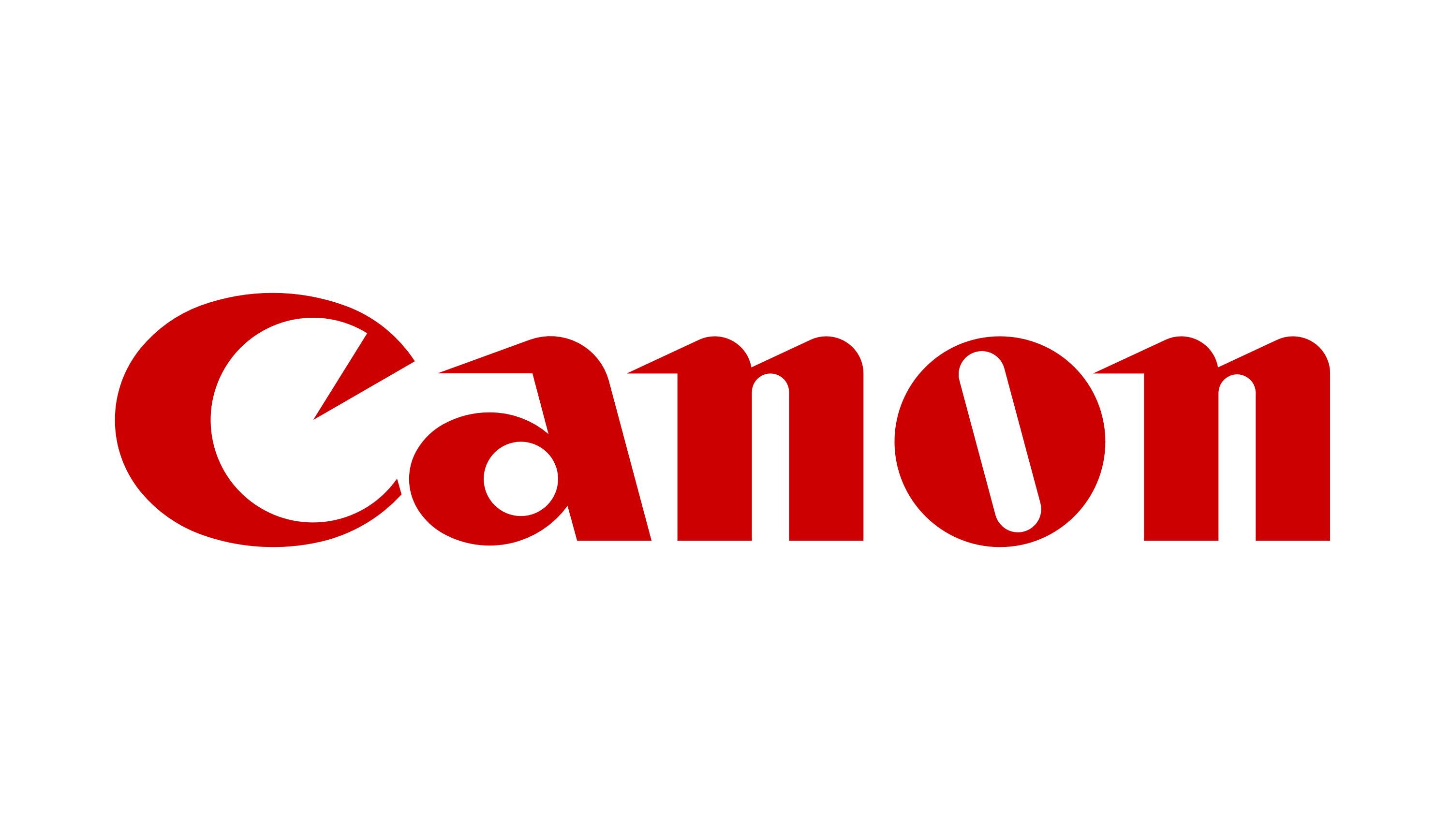Speaker
Description
CO$_{2}$ storage and foam injection in hydrocarbon reservoirs involve three-phase processes in porous media where interactions between gas bubbles occur in the presence of both residual oil and water. Gas-bubble interactions by Ostwald ripening is a thermodynamic process where bubbles with higher chemical potential lose mass to those having a lower chemical potential. This mass transfer can lead to coarsening and induce mobility in isolated gas bubbles, reducing both the lifetime of residual trapping in CO$_{2}$ storage and the effectiveness of foam in EOR. Previous studies of two-phase systems have shown that Ostwald ripening can cause subsurface fluid redistribution at length scales ranging from pore to field [1], and bubble evolution depends on both local capillary pressure and pore geometry [2]. However, the impact of a third phase, like residual oil, on fluid redistribution caused by Ostwald ripening is still unexplored.
In this work, we present a methodology for simulating Ostwald ripening of gas bubbles in three-phase fluid systems at the pore scale that combines a level-set method for three-phase capillary-controlled displacement [3] and a “ghost-bubble” method for mass transfer driven by chemical potential differences. The approach extends our previously presented two-phase work to three-phase systems [4].
We have carried out simulations on 2D idealized porous media and 3D pore-space images of a water-wet sandstone, using the Soave-Redlich-Kwong (SRK) equation of state to calculate gas bubble fugacity at reservoir conditions. The 2D simulations evaluate impacts of the gas-bubble distribution evolution with respect to (i) the assumption of idealizing a gas/oil/brine system as a gas/oil or gas/brine system and (ii) variations of the initial spatial arrangement of gas and oil ganglia surrounded by brine. Finally, the 3D sandstone simulations show the impacts of Ostwald ripening on residual three-phase fluid configurations with isolated oil and gas ganglia obtained after a water-alternate-gas invasion cycle. We quantified the evolution of pressure, volume, and the number of residual bubbles, for different initial gas and oil saturations.
A significant result of our work is that the equilibrium distribution of residual gas bubbles after Ostwald ripening in porous media depends strongly on the initial three-phase fluid configuration and its properties (e.g., interfacial tension, wetting state, and interfacial area), in addition to local capillary pressure and pore geometry as previously seen in the ripening of two-phase systems. The presence of oil ganglia speeds up the local coarsening process and influences the equilibrium location of gas bubbles. The initial gas pressures of isolated bubbles in oil and water depend on oil-water capillary pressure, gas-liquid contact angle, and pore geometry. We find that a three-phase scenario can create higher initial pressure differences in gas bubbles, which leads to larger mass transfers and different residual bubble sizes in the two liquids. Large residual sizes can create new gas flow paths by merging bubbles. During fluid redistribution, we also identify cases where the bubble coarsening leads to capillary instabilities and three-phase double displacements (e.g., oil displaces a gas bubble that displaces water), which in turn can lead to lower residual gas trapping.
References
[1] Xu, K., Mehmani, Y., Shang, L., Xiong, Q. (2019). Gravity-Induced Bubble Ripening in Porous Media and Its Impact on Capillary Trapping Stability. Geophysical Research Letters, 46(23), 804-813. https://doi.org/10.1029/2019GL085175
[2] de Chalendar, J.A., Garing, C., Benson, S.M. (2017). Pore-scale modelling of ostwald ripening. Journal of Fluid Mechanics, 835, 363-392. https://doi.org/10.1017/jfm.2017.720
[3] Jettestuen, E., Friis, H.A., & Helland, J.O. (2021). A locally conservative multiphase level set method for capillary-controlled displacements in porous media. J. Comput. Phys., 428, 109965. DOI: https://doi.org/10.1016/j.jcp.2020.109965
[4] Singh, D., Friis, H.A., Jettestuen, E., & Helland, J.O. (2021). A level set approach to Ostwald ripening of real gases in porous media, Interpore 2021
| Participation | Unsure |
|---|---|
| Country | Norway |
| MDPI Energies Student Poster Award | Yes, I would like to submit this presentation into the student poster award. |
| Time Block Preference | Time Block B (14:00-17:00 CET) |
| Acceptance of the Terms & Conditions | Click here to agree |









